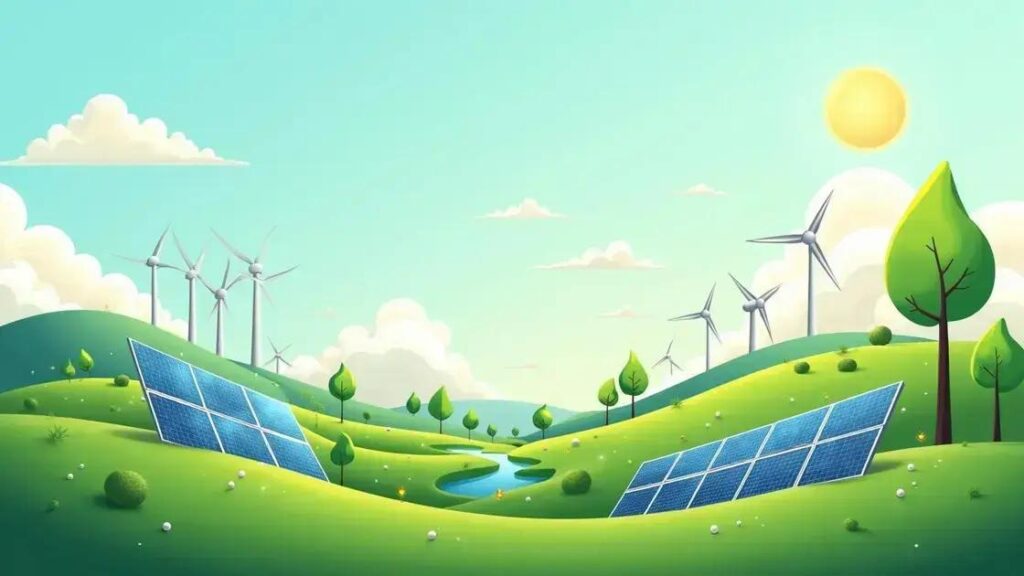Alternatives to Amazonic Power include renewable energy sources like solar, wind, and biomass, which provide sustainable energy solutions while reducing carbon emissions and promoting energy independence.
Have you ever wondered, are there alternatives to Amazonic Power? In today’s world, the search for sustainable and efficient energy sources is more crucial than ever. With rising concerns about environmental impact and energy independence, many are looking beyond traditional methods. This article will delve into the alternatives available, their benefits, and how they could shape our energy future.
Understanding Amazonic Power
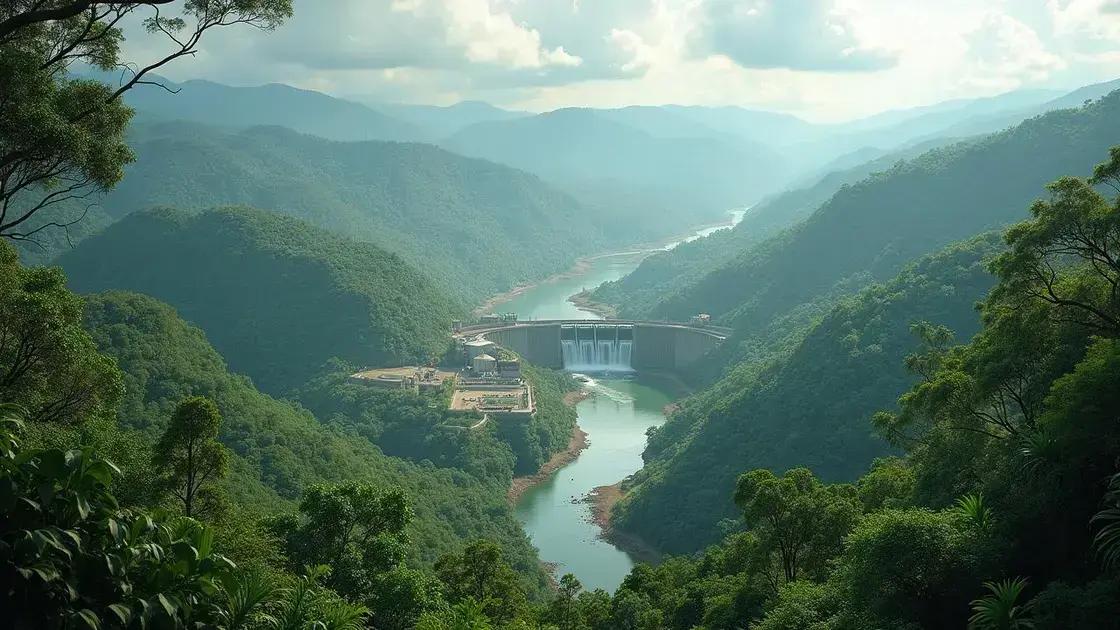
Understanding Amazonic Power is crucial for anyone interested in energy solutions. Amazonic Power refers to energy generation derived from the Amazon rainforest, leveraging its natural resources. This includes hydroelectric power, biomass, and other forms of renewable energy derived from the unique biodiversity of this region.
The Role of Hydroelectric Power
One of the main forms of Amazonic Power is hydroelectric energy. The Amazon River and its tributaries provide immense potential for creating hydroelectric dams. These dams harness the flow of water to generate electricity, offering an abundant and renewable energy source.
Biomass and Its Potential
Another key aspect of Amazonic Power comes from biomass. This involves using organic materials, such as plant and animal waste, for energy production. Biomass can be converted into biofuels or used directly in power plants. This not only helps reduce waste but also provides a sustainable energy option.
Environmental Concerns
While Amazonic Power holds great promise, it is not without challenges. Deforestation and habitat destruction threaten the delicate balance of the ecosystem. Sustainable practices must be implemented to ensure that energy production does not harm the environment or contribute to climate change.
Understanding the implications of Amazonic Power is vital. It helps highlight the importance of preserving this valuable resource while exploring alternatives that respect both nature and the needs of modern society.
Exploring Alternative Energy Sources
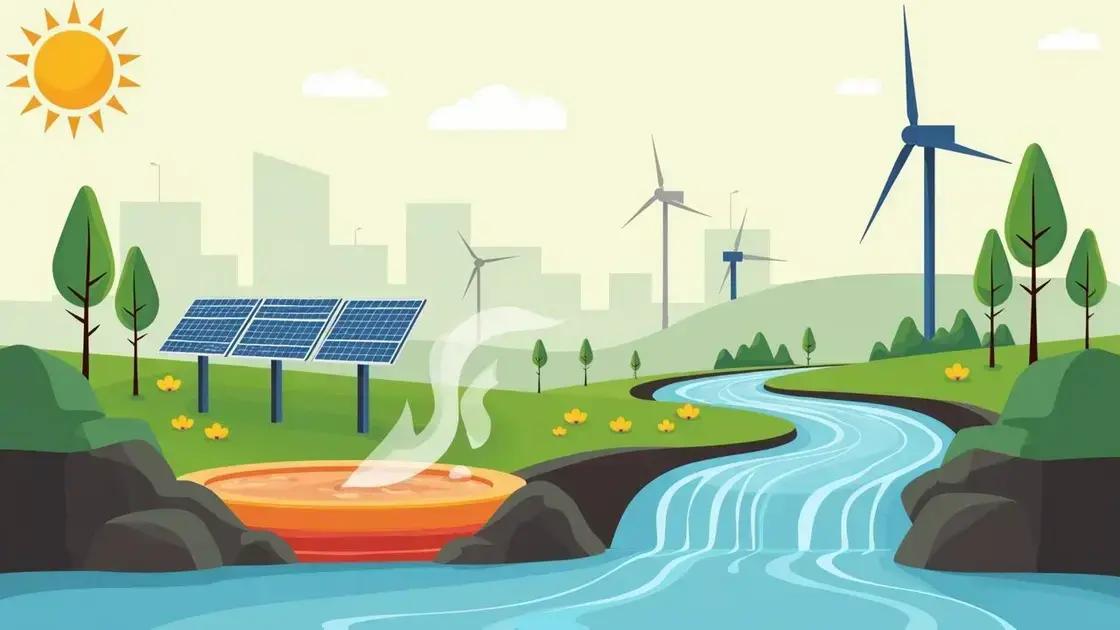
Exploring Alternative Energy Sources is essential for a sustainable future. There are many alternatives available that can replace conventional energy sources. These alternatives often have low environmental impacts and can be more sustainable.
Solar Energy
One of the leading alternatives is solar energy. Solar panels convert sunlight into electricity, providing a renewable source that can power homes and businesses. This technology is becoming more affordable, making it accessible for many.
Wind Energy
Another popular alternative is wind energy. Wind turbines harness the power of the wind to generate electricity. This method is clean and produces no emissions. Many countries are expanding their wind farms to meet energy needs sustainably.
Geothermal Energy
Geothermal energy taps into the heat from the Earth’s core. This energy can be used for heating and electricity production. It is highly reliable and provides a constant energy supply, unlike solar or wind energy, which can fluctuate.
Hydrokinetic Energy
Hydrokinetic energy is generated from flowing water. Unlike traditional hydroelectric power, it does not require large dams. This makes it a less invasive option that can generate energy while maintaining the natural ecosystem.
Each of these alternative energy sources presents unique advantages. By diversifying our energy portfolio with these options, we can reduce dependency on fossil fuels and promote a healthier planet.
Benefits of Choosing Alternatives
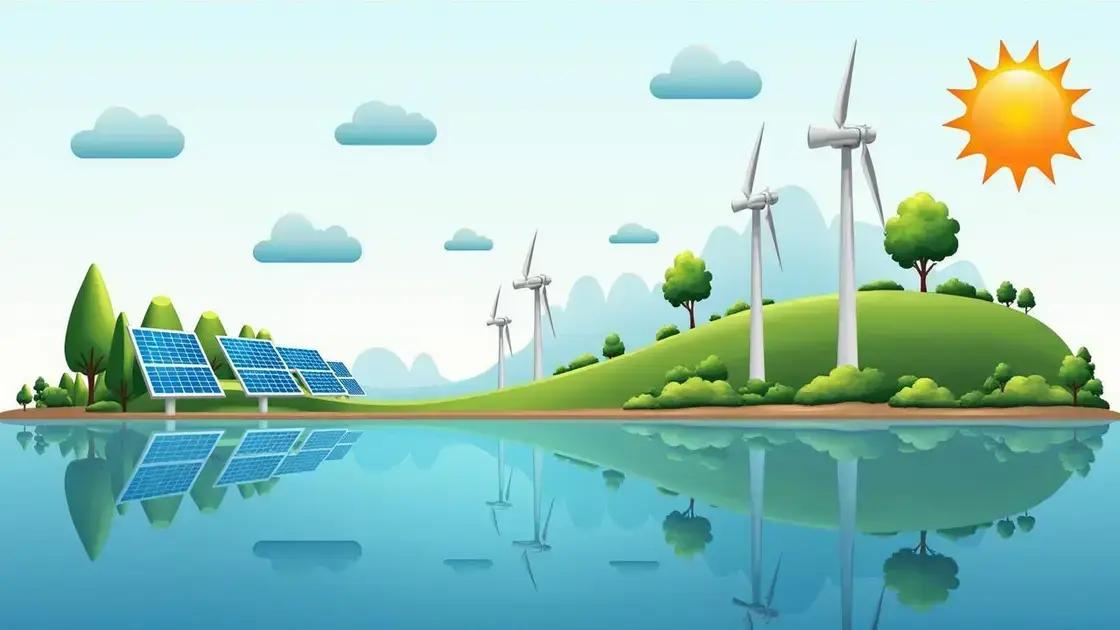
Choosing alternatives to Amazonic Power offers several benefits. First, it helps reduce our carbon footprint. Many alternative energy sources, like solar and wind, produce little to no emissions, which is great for the environment.
Cost Savings
Another advantage is cost savings. While the initial investment in renewable energy technology may seem high, the long-term savings on energy bills can be significant. Many systems require less maintenance and can last for decades.
Energy Independence
Switching to alternative energy also promotes energy independence. By relying on local energy sources, communities can decrease their reliance on imported fossil fuels. This enhances energy security and stability.
Job Creation
Investing in alternative energy sources generates jobs. The renewable energy sector is rapidly growing and requires skilled workers for installation and maintenance. This can boost local economies.
Environmental Protection
Moreover, choosing alternatives supports environmental protection. By using renewable energy sources, we can help preserve natural ecosystems and reduce habitat destruction caused by fossil fuel extraction.
These benefits highlight why exploring and adopting alternative energy solutions is essential for a sustainable future.
Future of Sustainable Energy Options
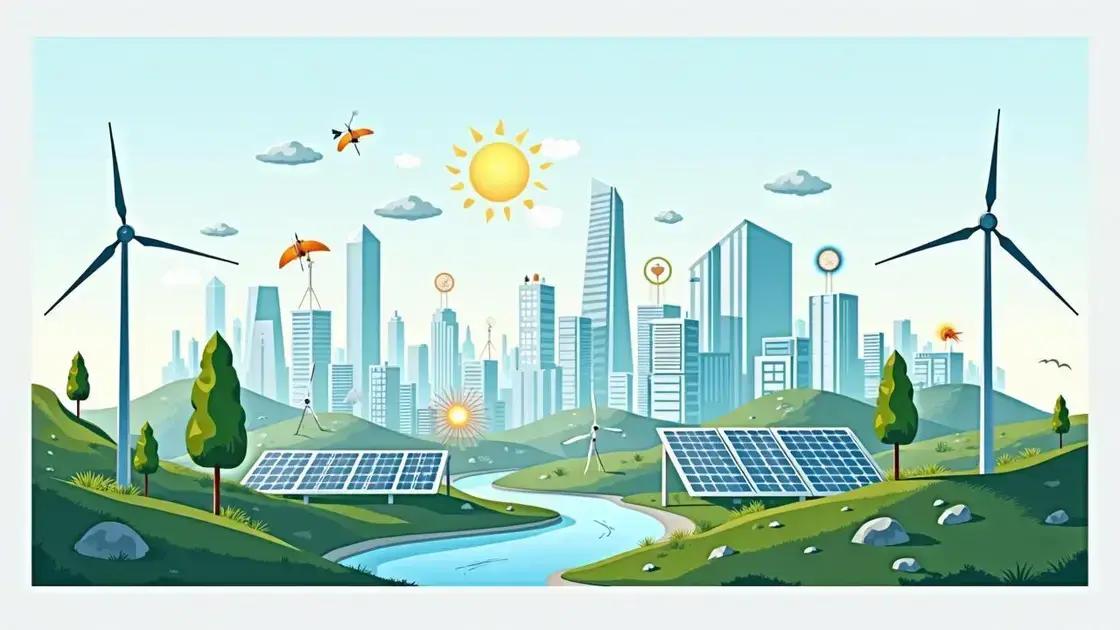
The future of sustainable energy options looks promising as technology continues to evolve. New advancements in energy technology are making renewable sources more efficient and affordable. This shift towards sustainability is crucial for combating climate change and preserving resources.
Emerging Technologies
One aspect of the future is the development of emerging technologies. Innovations like solar paint and advanced wind turbine designs are on the horizon. These technologies could revolutionize how we generate and use energy.
Energy Storage Solutions
Energy storage is another critical area. Improved battery technology, such as lithium-sulfur batteries, may offer longer-lasting and more efficient storage options. This will allow us to harness energy for use even when sunshine or wind is not available.
Smart Grids
Smart grids are also transforming energy distribution. These grids use technology to manage energy supply and demand more effectively. They can integrate various renewable energy sources into a single system, making energy use more efficient overall.
Global Collaboration
Finally, global collaboration will play a vital role in the evolution of sustainable energy. Countries and regions are working together to share knowledge and resources. This collaborative effort can accelerate the adoption of renewable energy technologies.
By embracing these advancements, we are taking vital steps toward a cleaner, more sustainable planet.
Embracing Alternatives for a Sustainable Future
As we have explored, looking for alternatives to Amazonic Power offers numerous benefits for our environment, economy, and energy independence. Renewable energy sources like solar, wind, and biomass not only reduce our carbon footprint but also promote cost savings and job creation.
The future of sustainable energy options is bright, with emerging technologies and improved energy storage solutions paving the way for a cleaner world. Global collaboration will be essential in advancing these technologies and ensuring their widespread adoption.
By making informed choices and supporting sustainable practices, we can contribute to a healthier planet and create a resilient energy future for generations to come.
FAQ – Frequently Asked Questions about Alternatives to Amazonic Power
What are the main alternatives to Amazonic Power?
The main alternatives include solar energy, wind energy, geothermal energy, and biomass. Each has unique benefits and sustainability potential.
How does solar energy work?
Solar energy works by converting sunlight into electricity using solar panels, providing a clean and renewable energy source.
What are the benefits of choosing alternative energy sources?
Choosing alternative energy sources can lead to reduced carbon emissions, cost savings, energy independence, job creation, and environmental protection.
What advancements are being made in sustainable energy technology?
Advancements include improved solar panels, better wind turbine designs, innovative energy storage solutions, and the development of smart grids for energy distribution.
How can global collaboration impact sustainable energy efforts?
Global collaboration allows countries to share knowledge, resources, and best practices, accelerating the adoption of renewable energy technologies worldwide.
Is it possible to completely replace traditional energy sources with alternatives?
While it may take time, increasing the share of renewable energy sources is essential for moving towards energy independence and sustainability.

